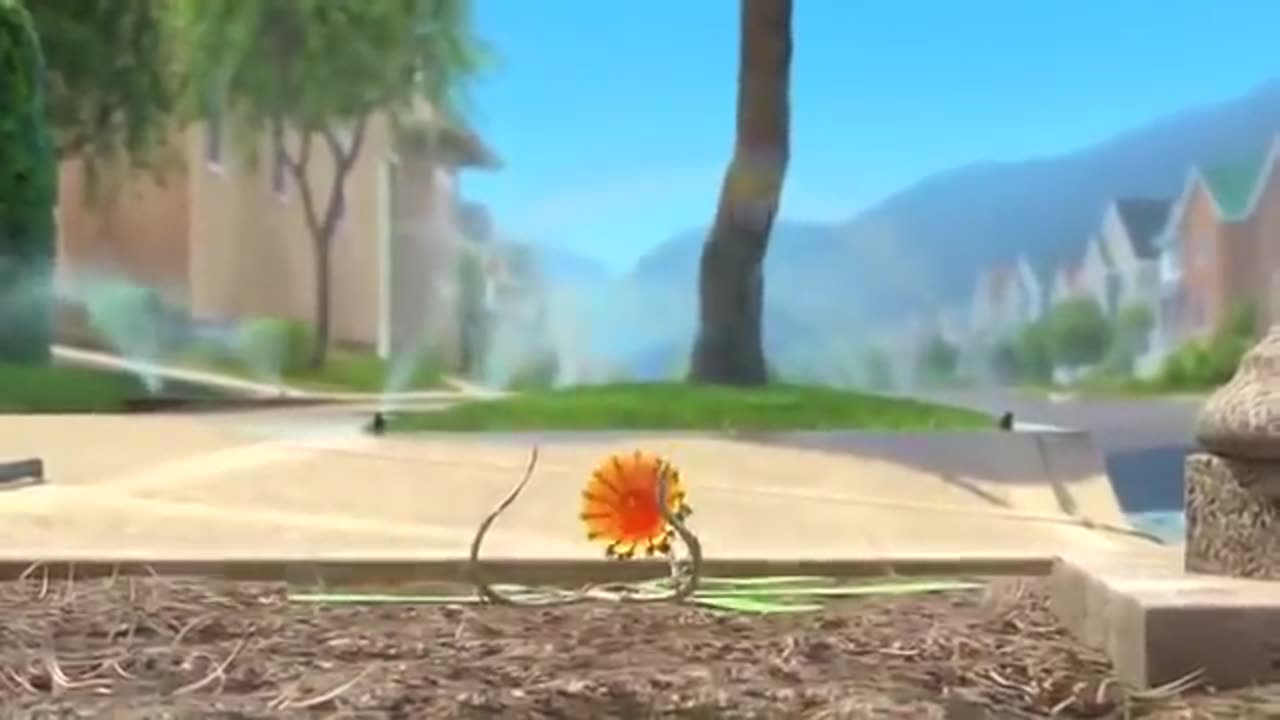Premium Only Content

Life of plant
Welcome to this video about the life of plants!
Plants are a diverse and fascinating group of organisms that are essential to life on Earth. They are autotrophs, which means they can make their own food through photosynthesis, using sunlight, water, and carbon dioxide to produce glucose and oxygen.
The life cycle of a plant starts with a seed. Seeds come in many shapes and sizes, and they contain the embryo of the plant, along with a supply of nutrients to help it grow. When the conditions are right, the seed germinates, and the embryo starts to grow into a seedling.
As the seedling grows, it develops leaves, stems, and roots. The leaves are important for photosynthesis, while the stems provide support and transport nutrients and water throughout the plant. The roots anchor the plant in the soil and absorb water and nutrients from the surrounding environment.
Plants have different strategies for reproduction. Some plants rely on wind or water to carry their pollen to other plants, while others rely on insects or animals to pollinate their flowers. Once pollinated, the plant can produce seeds, which can grow into new plants.
Plants also have adaptations that allow them to survive in different environments. For example, cacti have thick, water-storing stems and leaves to help them survive in arid environments, while mangrove trees have specialized roots that can survive in saltwater.
In addition to their importance for food and oxygen production, plants also have many other uses. They are used for medicine, clothing, building materials, and even as a source of renewable energy.
In conclusion, the life of plants is diverse and fascinating, and they play a crucial role in the health of our planet. We should all appreciate and protect them for the many benefits they provide.#Plants
#Nature
#Botany
#Photosynthesis
#Ecology
-
 22:53
22:53
Film Threat
22 hours agoA TRIBUTE TO VISIONARY DIRECTOR DAVID LYNCH | Film Threat News
5982 -
 20:30
20:30
Exploring With Nug
23 hours ago $0.25 earnedMissing Father of 2 FOUND Underwater In Shallow Pond!
4552 -
 19:19
19:19
This Bahamian Gyal
1 day agoThe View PRAISES Michelle Obama for DITCHING TRUMP inauguration, "when they go LOW, go even LOWER"
1873 -
 14:25
14:25
Degenerate Jay
17 hours agoThe Flash Movie Failed Because People Hate The Character? Sure.
4492 -
 28:30
28:30
CharLee Simons Presents Do Not Talk
5 days agoSam Anthony from YourNews.com (with host CharLee Simons)
161 -
 52:34
52:34
PMG
14 hours ago $0.18 earnedHannah Faulkner and Steve Friend | EXPOSE THE FBI CORRUPTION - KASH PATEL
3931 -
 25:33
25:33
marcushouse
1 day ago $32.69 earnedStarship Exploded! What Went Wrong? Flight Test 7 Explained
150K58 -
 1:00:50
1:00:50
Squaring The Circle, A Randall Carlson Podcast
1 day ago#035 Cosmic Catastrophe In The Age Of Leo - Squaring The Circle: A Randall Carlson Podcast
94K28 -
 1:33:14
1:33:14
Jamie Kennedy
1 day agoThe LA Fires...
76.4K18 -
 2:01:45
2:01:45
Quite Frankly
1 day ago"Inauguration Eve: Trump Time Travel Review" 1/17/25
59.4K56